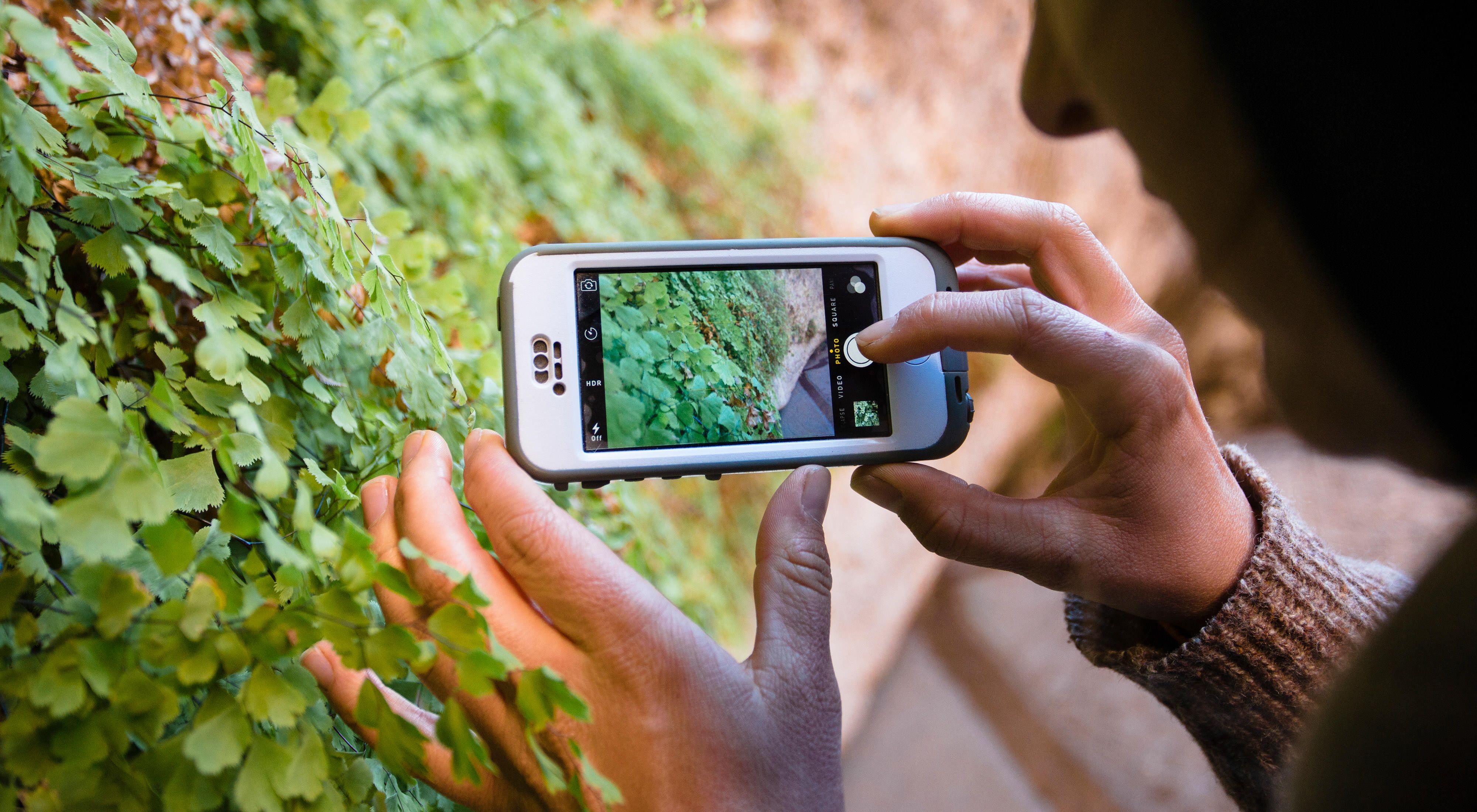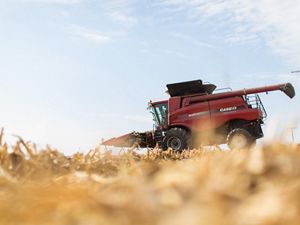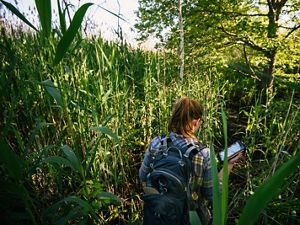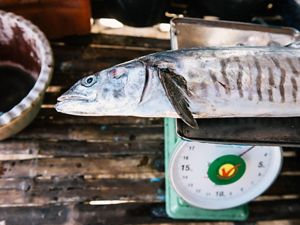These days, we’re inundated with grim reports on the future of our planet. We all know it’s time to change our habits, make more ‘carbon sensible’ choices and get serious about the planet’s health. So why don’t we?
Making smart decisions for the planet isn’t always easy—it can be hard to know what the “right” choice is, or even what sort of behaviors and choices will have an impact.
But what if we could catalyze levers like behavioral economics & design to drive change in a more effective, frictionless and relevant way? Imagine a mesh of information, tools and insights that can help us see, and advocate for, nature in our day-to-day lives—when we shop, when we learn, when we work, when we create new businesses, when we travel and more.
Innovating Conservation Technology for All
At The Nature Conservancy, we combine stellar science with novel conservation efforts to foster innovative ways to protect land, water and the health of our cities. But we can’t do this work alone. We need a concerted effort to make science and conservation data more consumable for a broader demographic, to accelerate and simplify scientists’ workloads, to measure and maximize the return on impact for the next conservation action, the next donor dollar spent.
Technology can help us do this—but it can’t be one-off technology hits. We need technology to be a catalyst for more than just driving impact, but also systemically measuring and learning from what we have done. This will allow us to get even smarter and more precise with our solutions.
We’ve seen precedent for this sort of change. “Software-as-a-service” is a familiar concept in other fields. Human resource related fields like learning, recruiting and talent management have seen transformation through solutions like talent-as-a-service (Uber) and networking-as-a-service (LinkedIn). Healthcare has seen health-records-as-a-service (Epic) and consultation-as-a-service (Telemedicine). Now, we have an opportunity to define what nature-as-a-service looks like.
As TNC’s Senior Advisor for Applied AI and Innovation Ventures, I am thrilled to lead this mission. I believe in leveraging technology to build solutions for the planet, while designing it for her citizens.
When we intertwine conservation work with emerging technologies like AI and machine learning, data-driven storytelling and design-thinking, we discover a more efficient & effective path to conservation. Here is what it can look like:

Adapting Consumer Technology for Nature
In 2014, a study revealed that people upload 1.8 billion images to social media every day. Nowadays, there’s even drone and GoPro footage capturing a multitude of angles, including aerial views, of the gorgeous outdoors. Recreational photography is a rising trend.
What if we could tap into the context of the consumer camera? Imagine an AI-powered image ‘algorithm’ that could analyze images about nature and flag key insights about it? With these images, we get high quality, ground-truth data – data that can help advance our research efforts and how we measure impact. It also becomes an engagement channel with the "curious citizen scientist", as demonstrated by the app iNaturalist.
It’s an opportunity to work with consumer tech and camera companies (such as drone manufacturers) to start adapting their tech to serve these nature-related use cases. It makes it easier for their customers to adopt a nature-focused tech solution and begin seeing the pictures and videos they capture from a “conservation lens.”
Everyday Technology to Nudge Conservation Decisions
Many people care about the planet and want to do the right thing. But no matter how good the intentions, guiding people to compost or recycle isn’t always effective. Just think about how many times you’ve wondered if a certain waste goes into a certain bin. And there are so many other choices we make that can have even greater impacts on the environment. So we need to nudge and assist conservation during day-to-day habits. It needs to be easier.
What if we tapped into eating and shopping behaviors to help people see how their choices are impacting the planet? There are already companies like Eaternity and Terrapass that help us discover sustainable food choices when we’re shopping, cooking and eating. Adaptrack is a personalized habit intelligence company piloting “green impact” of personal and business expenses.
We have opportunities to bring nature into our every-day technologies that will make it easier to weave smarter, sustainable decisions into our daily flows, whether it’s more sustainable grocery shopping in-store, ordering sustainable grocery delivery or food from an app, or even making sure your next outfit is sustainably sourced in-store or ordering online.
Personalized Tech for Nature
When did you last login to Netflix? Did you know that you and I both might see “Friends” as a recommended show to watch, but the artwork tile can be completely different?
Personalization prompts action. For Netflix, action means viewership. For conservation, those actions, cumulatively, can mean planetary change.
Data and AI make it possible to drive unique and fun ways to push personalization. A GIS tool that maps nature-related risks works great for an on-the-field conservationist, but the same alert can be served up via an Alexa notification for a citizen population.
If we can deliver personalized information that helps individuals manage their individual carbon footprint (e.g drive an electric vehicle, use more clean energy or engage with a TNC Water Fund), we can drive impact at broader scale and for a more diverse demographic.
As we expand our efficiency and our reach, we expand our collective impact. At this critical time for our planet it, we must leverage all the technologies and data available to us and make conservation more effective, frictionless and relevant to more people.





